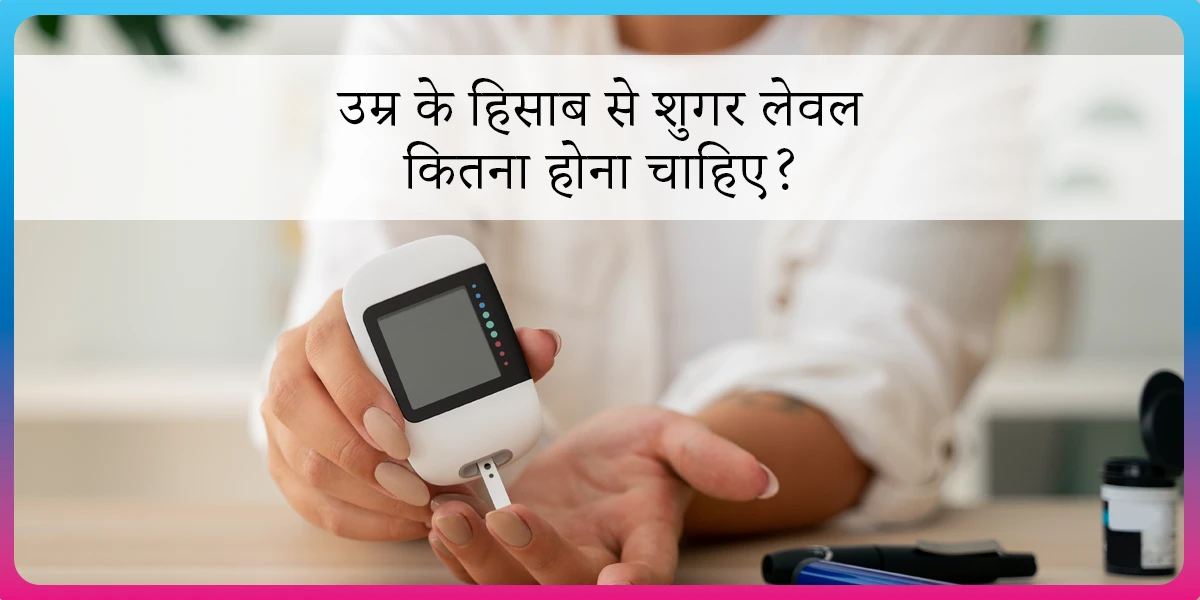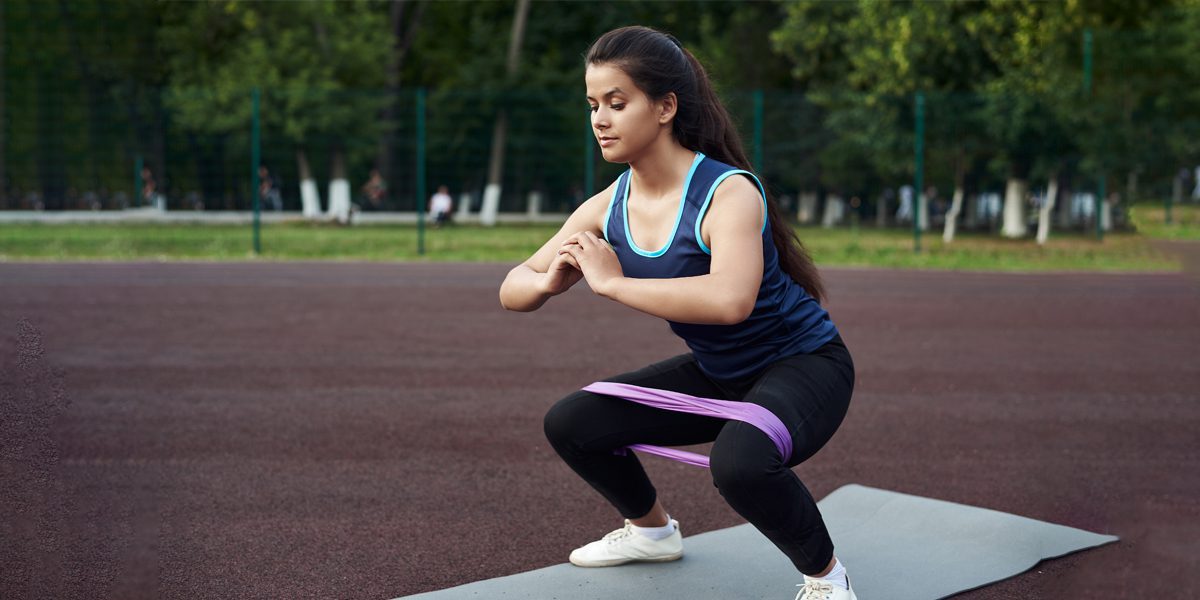Does Walking After Eating Help in Controlling Blood Sugar?

For decades, many of us have been told to “rest after eating” so the body can “digest better.” Maybe you’ve seen your parents or grandparents lounging on the sofa after a big meal or even you might feel like plopping down yourself. But what if we told you that science says doing the exact opposite can actually help you digest better, control blood sugar, and even help you lose weight?
A study published in Diabetes Care found that brisk walking after eating for just 15-30 minutes can significantly reduce blood sugar spikes, especially for those with diabetes. No wonder walking after meals to lower blood sugar has now become the new golden mantra to keep post-meal blood sugar levels in control after eating.
To know your chances of Diabetes reversal, take the Diabetes Reversal TestDiabetes Reversal
Calculator
How Does Walking After Meals Prevent Blood Sugar Spikes?
First, let us share some interesting facts: According to a study published in 2022, the impact of post-meal walk sessions on blood sugar control was evaluated. Here, 21 healthy young adults participated in trials to determine how walking influenced glucose levels after meals – every meal had varying carbohydrate content.
The study found that a 30-minute brisk walk after eating significantly lowered glucose spikes in all conditions. The effects were even more pronounced when the meal had a lower carbohydrate content. This reinforces the idea that a post-meal walk can effectively manage blood sugar, regardless of meal composition.
Now, we’ll explain how this actually happens. How does walking post-meals actually help keep your blood sugar levels in control?
So, you would already know that when you eat any food, your body breaks down carbohydrates present in that food into glucose, which enters the bloodstream and raises blood sugar levels. Now, if this glucose isn’t used, it gets stored as fat, contributing to weight gain and insulin resistance. Walking after eating helps in two key ways:
- Increases Muscle Activity: Your muscles start using glucose from your meal as fuel, reducing the amount left floating in your bloodstream. This keeps your blood sugar levels from spiking too high.
- Improves Insulin Sensitivity: Walking increases the efficiency of insulin, the hormone responsible for moving glucose from the blood into cells. A 15-minute brisk walk after meals improves post-meal insulin response, allowing glucose to be absorbed more effectively and preventing excess sugar from circulating in the blood. Over time, this reduces the risk of developing insulin resistance and Type 2 diabetes.
What Are the Other Benefits of Walking After Meals?
1. Reduces Stress
A study found that taking a brisk post-meal walk can help lower stress levels by promoting relaxation and psychological detachment from work. Walking, especially in natural environments, reduces tension, improves mood, and enhances overall well-being, making it a simple yet effective way to relieve daily stress.
If your office doesn’t have a park nearby, just walk across the corridor, in the passage, on the terrace, or in any space where brisk walking is possible – the same applies if you’re at home or any other facility or place.
2. Walking Supports Digestion
Walking after meals helps stimulate digestion and reduce bloating by promoting movement in the digestive tract. However, if you have acid reflux, walking too soon or too vigorously right after eating may sometimes worsen symptoms.
Walking at a light, controlled pace and avoiding overly large or heavy meals before walking can help you get the benefits without discomfort.
3. Supports Heart Health
Walking after meals can improve cardiovascular health by lowering blood pressure and enhancing circulation. Regular post-meal walks have been linked to a reduced risk of heart disease by improving cholesterol levels and overall heart function.
4. Aids in Weight Management
A study found that brisk walking immediately after meals is more effective for weight loss than walking one hour later. Participants who walked for 30 minutes right after lunch and dinner lost up to 3 kg in a month, while those who delayed their walks lost less weight.
Walking soon after eating helps limit blood sugar spikes, control insulin secretion, and prevent fat storage, making it a great habit for weight management.
5. Improves Sleep Quality
An evening walk after meals can help reduce stress and promote relaxation, leading to better sleep quality. Studies suggest that light physical activity in the evening can positively impact melatonin production, the hormone responsible for sleep regulation.
| 💡 New Mom Hack!
New moms, you too can go for post-meal walks – no excuses! Just strap your baby in a carrier and stroll away. It’s a win-win – burn calories, keep blood sugar in check, and sneak in some baby bonding time! 🚶♀️👶💕 |
Walking after meals is a fantastic habit, but it may cause mild discomfort for some people. If you’ve ever felt uneasy after a post-meal walk, here’s why:
- Mild Stomach Cramps or Indigestion: Walking too briskly right after a big meal can make digestion harder for your body, leading to cramps or discomfort. It helps to give yourself some time before starting and keep the pace moderate.
- Acid Reflux or Heartburn: If you’re prone to acidity, walking immediately after eating might worsen it. Eating lighter meals and avoiding overly spicy or greasy foods can reduce the chances of discomfort.
- Dizziness or Lightheadedness: If you have low blood pressure, jumping into activity right after eating might make you feel dizzy. Staying hydrated, eating a well-balanced meal, and keeping your movement gentle can make all the difference.
- Pre-existing Cardiac Issues: If you have a heart condition, walking immediately after meals may not be ideal. After eating, your body directs more blood to the digestive system, and adding physical activity can put extra strain on the heart. Consult your doctor to determine the safest way to add walking or other exercises into your routine.
For most people, these issues can be avoided by adjusting their walking pace and meal size. The only thing is to listen to your body and find a rhythm that works for you.
But what if walking isn’t that simple for you? Maybe you’re dealing with lingering joint pain, stiffness, or discomfort in your knees or back. Or perhaps you’re unsure whether walking is the right exercise for you based on your current fitness level or health condition.
That’s where our 1-on-1 physiotherapy consultation comes in. Our fitness and pain management experts can assess your movement, identify any issues, and guide you toward the safest and most effective way to stay active – whether it’s walking, stretching, or other exercises crafted especially for your condition.
| Find what’s covered in our 1-on-1 Physiotherapy Consultation in this brochure. |
How Long Should You Walk to Keep Post-Meal Blood Sugar Levels in Control?
A study found that a 30-minute brisk walk immediately after a meal is highly effective in lowering post-meal blood sugar spikes. Walking right after eating helps regulate glucose levels more efficiently than waiting an hour or more.
If 30 minutes feels like too much, even a 10–15-minute brisk walk can still have a significant impact on blood sugar control.
Prioritising Your Health Over Excuses
Many people say, “I have so much to do, how can I take out time for a walk?”
💡 Reality check: If you don’t make time for your health now, you’ll have to make time for illness later. Incorporating walking after eating into your daily routine can be a simple yet effective way to prioritize your well-being.
Instead of scrolling on your phone after eating, take a 10-15 minute walk and continue scrolling while walking if needed! Walking while making calls or chatting with family counts, too.
🎥 Listen to Dr Arbinder Singal, CEO of Fitterfly, talking about his own experience with post-meal walking and sharing simple tips on how you can easily incorporate it into your busy schedule:
How We at Fitterfly Can Help You?
So now you know that walking after your meals is great for avoiding those post-meal blood sugar spikes. But we understand you might need guidance on exactly how much to walk, when to walk, and what other exercises to do for better blood sugar control.
Our Fitterfly Physio Coaches will help you find the best walking routine for your body and health condition. And if you feel “it’s impossible to fit it in my schedule”, then our Success Coaches will step in! They’ll help you fit walking into your daily schedule by planning your day smartly. And how can fitness be complete without the proper diet.
Our fantastic Nutrition Coaches will help you figure out what to eat for the best results. Because just walking or exercising won’t help you lose weight or control your blood sugar – it all needs to come together like a well-oiled machine.
📞 Call us today on 08068507599 and see how easily we can help you build this habit for life! Check out our highly successful Diabetes Prime program, too, which has changed the lives of more than 30,000+ members.
This blog provides general information for educational and informational purposes only and shouldn't be seen as professional advice.
Frequently Asked Questions
How long should I walk after eating to lower blood sugar?
A brisk 15-30 minute walk after meals is ideal for lowering blood sugar levels. Engaging in walking after meals to lower blood sugar can also help with long-term diabetes management and overall metabolic health. Studies show that this short duration of walking helps prevent sudden spikes and aids insulin function.
Should diabetics walk after eating?
Yes! Walking after meals is particularly beneficial for diabetics as it helps regulate blood sugar levels, improves insulin sensitivity, and prevents sugar spikes. A post-meal walk ensures that glucose is utilised effectively by the muscles, reducing excess sugar in the bloodstream. Even a short post-meal walk can make a noticeable difference in blood glucose control.
When is the best time to exercise after eating for diabetics?
There is no ‘right’ time to do the right thing, and exercising is a great thing. So, you can exercise any time of the day according to your schedule and lifestyle. However, walking immediately after meals is the right time to help you control post-prandial blood sugar spikes. Other than that you can exercise or walk any time.
How quickly does walking lower blood sugar?
Blood sugar levels start to drop within 15 minutes of walking, with noticeable improvements observed over time. Consistency is key, so regular post-meal walks can contribute to better long-term glucose management.
Why is my blood sugar higher after walking?
In some cases, high-intensity or prolonged exercise can cause a temporary rise in blood sugar due to the release of stress hormones like cortisol and adrenaline. If this happens, opt for moderate-intensity walks rather than vigorous walking or workouts, and stay hydrated.
Is it better to walk before or after eating?
Walking after eating is generally more effective for managing blood sugar levels, digestion, and weight control. However, a light walk before meals can also be beneficial for stimulating metabolism and appetite regulation.
What’s the best time to walk for diabetes?
There’s no ‘best’ time for walking with diabetes - what matters is making it a habit. So, morning, afternoon, or night, any time that suits your daily schedule works as long as you are consistent. Also, if long walks feel tough, breaking it up helps - doing 500 steps every 1-2 hours right where you are can still make a big difference.





















